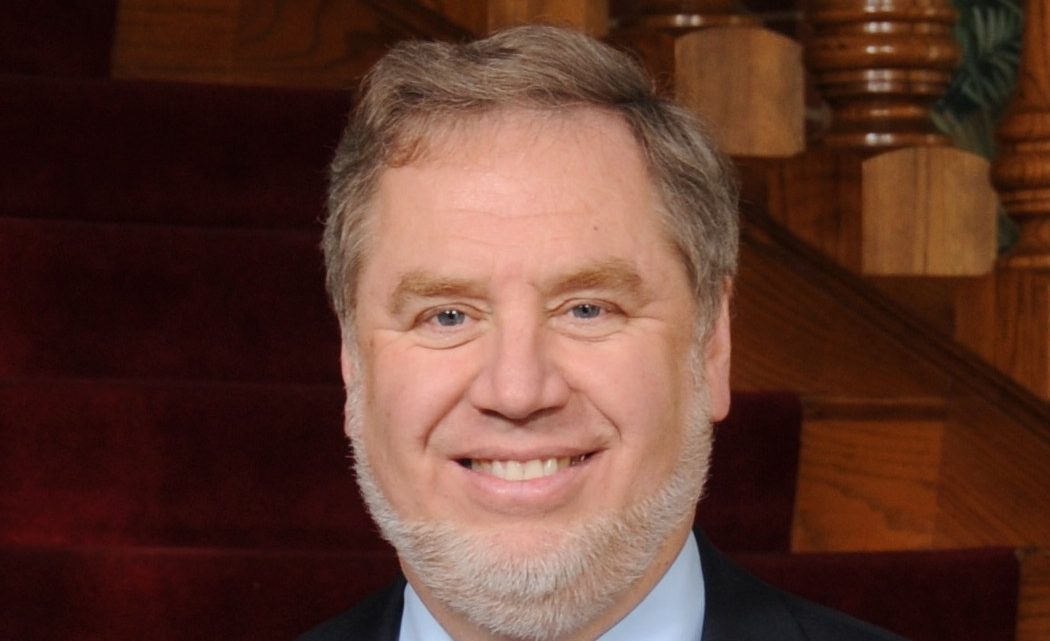By John Kriegelstein
In the Mid-America Union we have more than 280 dedicated teachers who really care about their students. They care enough that they not only teach them the “3Rs” and the Bible; they also—and most importantly—lead them to Jesus through example, personal stories and direct invitation. These same teachers also provide nurturing learning environments where students excel beyond what standardized tests predict.
People outside the Adventist faith look to our educational system as a model to be copied. Internationally, Adventist schools are flourishing. Yet, for a number of reasons, enrollment in North America is declining gradually. Schools across the North American Division and within our Mid-America region are closing each year due to lack of enrollment.
Why the decline? Demographics, costs, perceived lack of value or quality, the pull of a materialistic culture, availability of an Adventist school, and the appeal of having our kids at home longer under Mom and Dad’s tutelage—these are but a few of the reasons given. They are not all bad reasons. Some things we can—and must—address. Others may simply be beyond our control. However, Adventist education is a God-ordained function of our church and cannot simply be let go.
During last January’s Education Summit hosted by the Mid-America Union, one presenter pointed out that as many as 75 percent of Adventist youth do not attend Adventist schools. This has troubled me. It’s a problem that needs to be addressed. Having pondered it for a number of weeks, praying for wisdom and solutions, I have suggested possible remedial steps to several individuals and groups. Various responses have come back. I have not been presented with a clear vision from above, but I wonder—is it time to rethink Adventist education?
What happens inside the brick and mortar structures we call schools is the current focus of the MAUC Office of Education. We verify the instructional programs of each school for accreditation purposes, provide and encourage professional development of teachers, assist in the development of curriculum so as to maintain our unique Adventist world view throughout student materials, counsel conference superintendents and principals on a variety of topics, and encourage the implementation of innovative means of leveraging technology to provide effective education to a greater number of students. These are some of the traditional functions of the MAUC Office of Education that have been around for a long time; they must and will continue to serve us well.
However, if 75 percent (7,600) of Mid-America’s Adventist youth are not in Adventist schools, should our church not be proactive in reaching out to them? Should we rethink the scope of Adventist education? Would this possibly include healthy Adventist home schools and out-of-school church youth activities?
I would suggest three beginning steps: First, I’d like to know where every one of our kids is attending school now. This can be accomplished by each conference encouraging each church clerk to be sure church membership records are up-to-date. Second, I’d like us to explore ways to begin to dialogue with our home schooling members—not with baited hooks to draw them into existing schools, but with the intent to offer appropriate, authentic support. Third, I would love to see after-school youth activities in our churches where Adventist public school kids and their friends could “hang out” similar to what some of our Christian friends in other denominations are doing.
The ValueGenesis studies of 1990 and 2000 told us that if youth experience a supportive and healthy home, church and school, there is a high likelihood they will remain in the church when adults. Remove any one leg of the stool and the likelihood drops considerably. Let’s give our kids a fighting chance by doing everything we can to solidly reinforce healthy churches, homes and schools.
John Kriegelstein is director of the Office of Education for the Mid-America Union.










